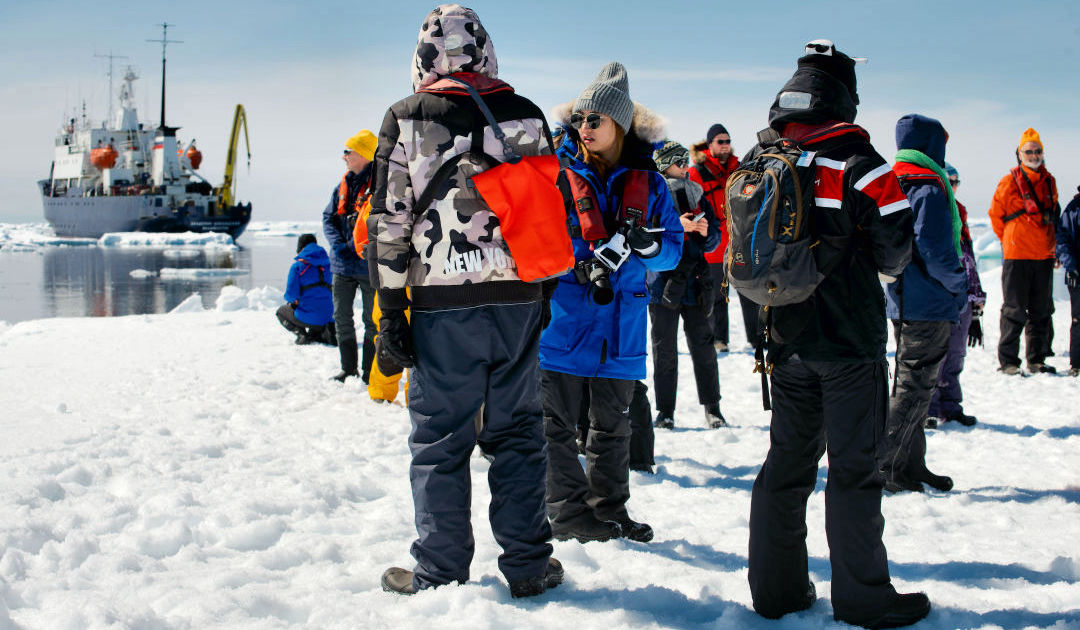
The COVID-19 pandemic has shaken tourism industry around the world. The polar travel sector was not spared from the small virus this summer either, leaving the lucrative market virtually completely collapsed. Lockdowns and national entry bans to protect local populations were slowly lifted after weeks and months; too late, however, to prevent the economic damage. Now the start of the season in the southern hemisphere is just around the corner and the virus is still raging almost checked around the world. It has already cast its shadow on Antarctic tourism and initial measures and decisions have been taken that show that this coming season, nothing will be as it used to be.
While just over four months ago the mood in the polar travel industry resembled a goldrush atmosphere and the tourists had been amazed amidst icebergs and penguins, now, four months before the start of the new season 2020-21, much is still open. The COVID-19 pandemic is far from over, as the still increasing number of infections shows. It is true that many countries have relaxed their protection measures. But the virus is still raging, especially in the countries that are important for Antarctic tourism. The US, which for long has been the number one in the number of Antarctic tourists, is reaching sad record levels with its new infections, and there seems to be no end in sight. After initial successes in fighting the virus, China, the number 2, is also struggling with sudden infections, both locally or regionally, but still rising.
Mask carrying obligation yes or no? Distance in the planes yes or no?
And in many European countries, the crisis is still there, and those countries that are usually considered the starting point for Antarctic voyages (UK, Germany, Spain) are still very shaky with regional new outbreaks. The aviation industry, which is supposed to bring Antarctic tourists to Antarctica’s entry gates, may have invited to fly again, but the protection concepts are uneven and unsettling rather than reassuring, according to a Washington Post report. Mask carrying obligation yes or no? Distance in the planes yes or no? Are flights even on? What happens in the event of another outbreak?
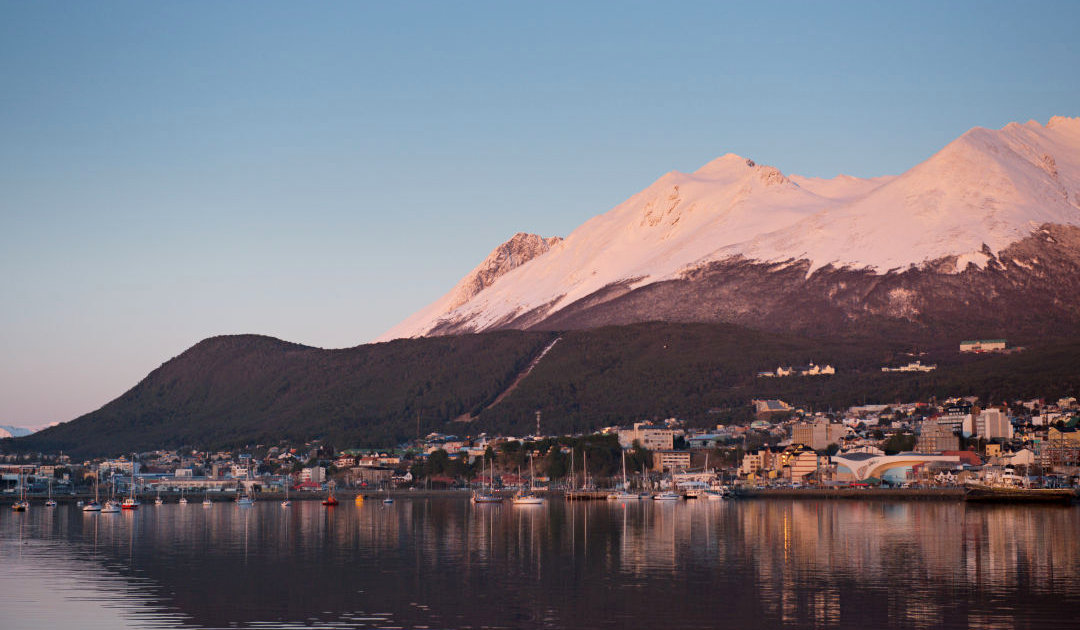
Gates to Antarctica still closed
The countries that are either considered to be gateways to Antarctica or manage sectors in Antarctica also vary in their responses and measures to the new reality. In Argentina, for example, many of the provinces, including Tierra del Fuego with Ushuaia, are on their way to opening up. No new infections have been detected in Ushuaia for more than a month. But the capital Buenos Aires is still in complete lockdown at least until mid-July, as the numbers here were still rising. Foreign guests are not yet received and the government has not yet announced when this will be the case again.
In Chile, the situation is not particularly intoxicating. In addition to the still increasing number of infections, COVID unrest is also commonplace in the capital Santiago.
Other countries, such as Australia and New Zealand, from where departures to Antarctica are made, have still closed their borders to most foreign visitors. Australia’s Prime Minister Scott Morrison said a few weeks ago that his country would keep its borders closed until early next year. Talks are under way with New Zealand about a “Tasmanian bubble” in which tourists from the respective countries are allowed to travel without restrictions. But nothing is final yet. New Zealand has not yet relaxed its entry restrictions. At the same time, both countries have announced that their Antarctic stations will not receive visits from outside. Other countries have made similar announcements.
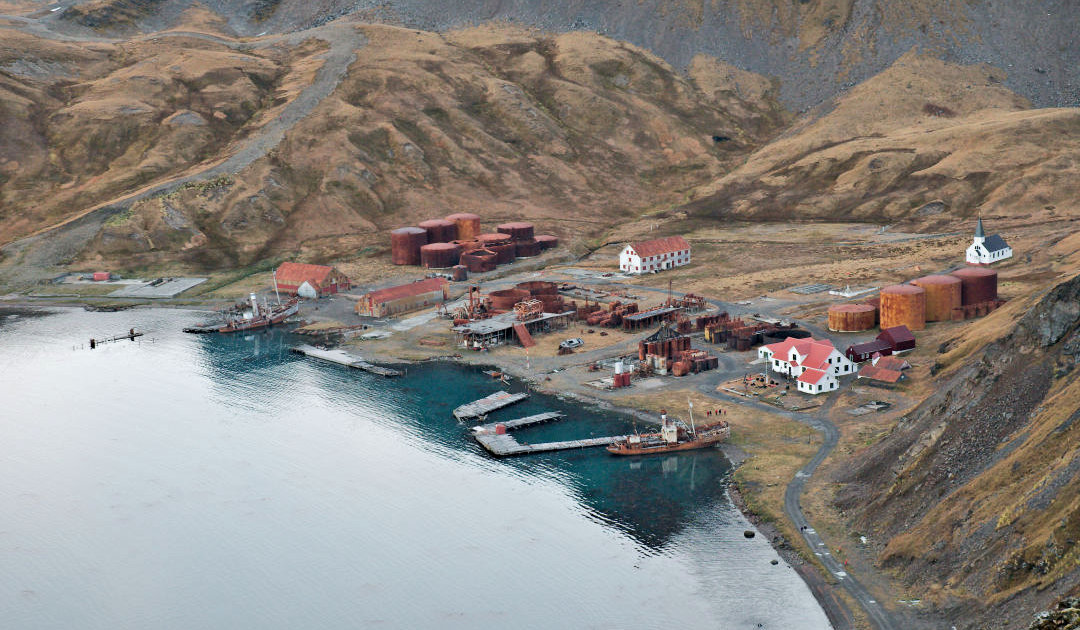
The upcoming Falkland Island tourist season could be “very tough and very late, if at all”
MLA Mark Pollard, Falkland Islands
On the other hand, the Falkland Islands a few days ago declared that all passengers arriving from abroad must be quarantined for 14 days and ships must only call if they have been at least 10 days away from a port and do not have guests on board showing signs of infection. In an earlier interview at the end of May, MP Mark Pollard said that he believed the start of the tourism season would be “very tough and very late, if at all.” South Georgia has also adapted its entry requirements to the new situation and has already published them. For example, all ships must undergo a 3-part assessment procedure with health certificates and contact tracing before reaching Grytviken. In addition, the museum, post office and King Edward Point are closed to visitors. However, there should be a “remote-controlled” service for postal services and souvenirs.
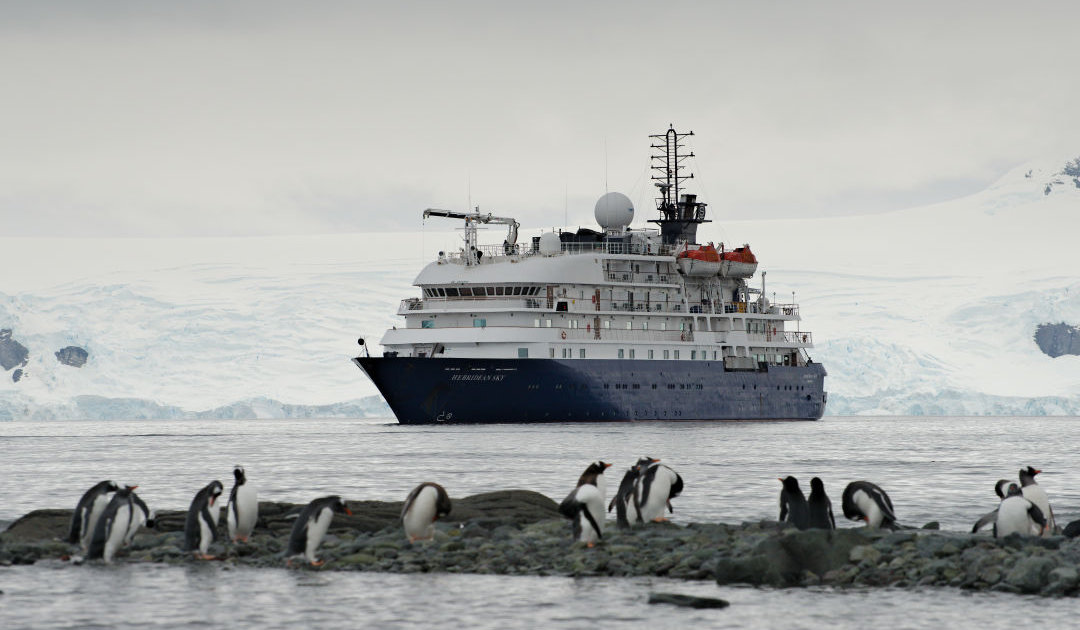
Tour operators are working on measures
The ship operators and tour operators of the Antarctic voyages are currently working hard to develop protection concepts and measures. To this end, a task force has been set up by the IAATO (International Association of Antarctic Tour Operators). Many experiences have already been gained during the Arctic season and individual measures are expected to be adopted in the coming Antarctic season. However, there is still a lack of information, as much also depends on the individual countries, in particular Argentina and Chile. But even now, individual decisions or measures are known from the operator side. Polar Latitudes, for example, has announced that it will not be able to operate this season because they do not see any protective measures in line with the quality of their travel products and cannot rule out the potential of a possible outbreak on board. On the other hand, the Dutch shipping company Oceanwide Expeditions has published the first technical and conceptual protection measures on its ships. Hurtigruten and Ponant have also presented the first protection concepts for their ships. But how they will prove themselves in the reality of Antarctica is still unclear.
The current situation is also not easy for the expedition teams and ship crews who are most in contact with the guests on board. On the one hand, the fear of infection and the consequences of it is still omnipresent. At the same time, no one is interested in losing another polar travel season and experiencing such a big financial loss once again. That’s why many hover between hope and fear in a kind of limbo. What is certain is that the 2020-21 season will be a new reality in the polar travel sector and that the virus will have an impact on the white wilderness even without direct contact with Antarctica.
Dr Michael Wenger, PolarJournal
More on the subject:




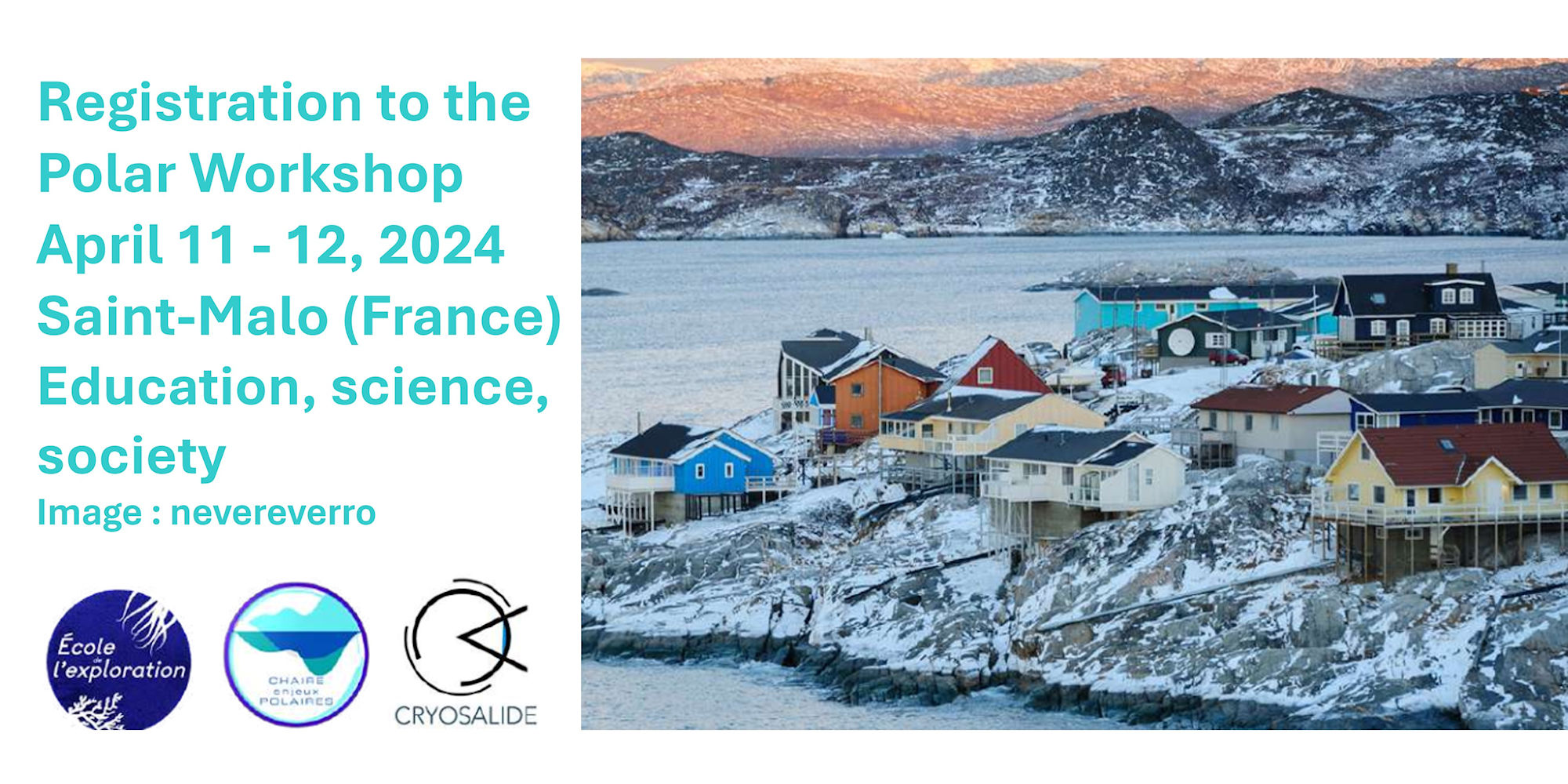


Has anyone ruled out the possibility of Covid infecting wildlife? It seems there is a very human/economic centric analysis going on. IAATO’s remit is to promote safe and environmentally responsible…. How many guides and crew are willing to take the risk of a Greg Mortimer style incident?
Thank you for this comment. In fact, such considerations have been made for the Arctic and it’s very likely that they are taken into consideration for the Antarctic, too. However two aspects: 1. The already existing distance rules ranging from 5 to 30 meters to birds and mammals; 2. No spread on birds have been recorded yet and to the mammals (seals basically), one doesn’t get close enough usually.
I have been with IAATO long enough to know that they are taking the safety of crew and guides very seriously. That is why it all takes so long, I guess. Trying to find a way through this and and a best practice without just shutting everything down takes more time because one needs all the information, process it and find the best solution. That is why the gudies and crew are also waiting to see what’s going to happen.
Interesting approach towards this. Wondering what you think of its implication on society as a whole though? Sometimes people get a little upset with global expansion. Ill check back to see what you have to say.